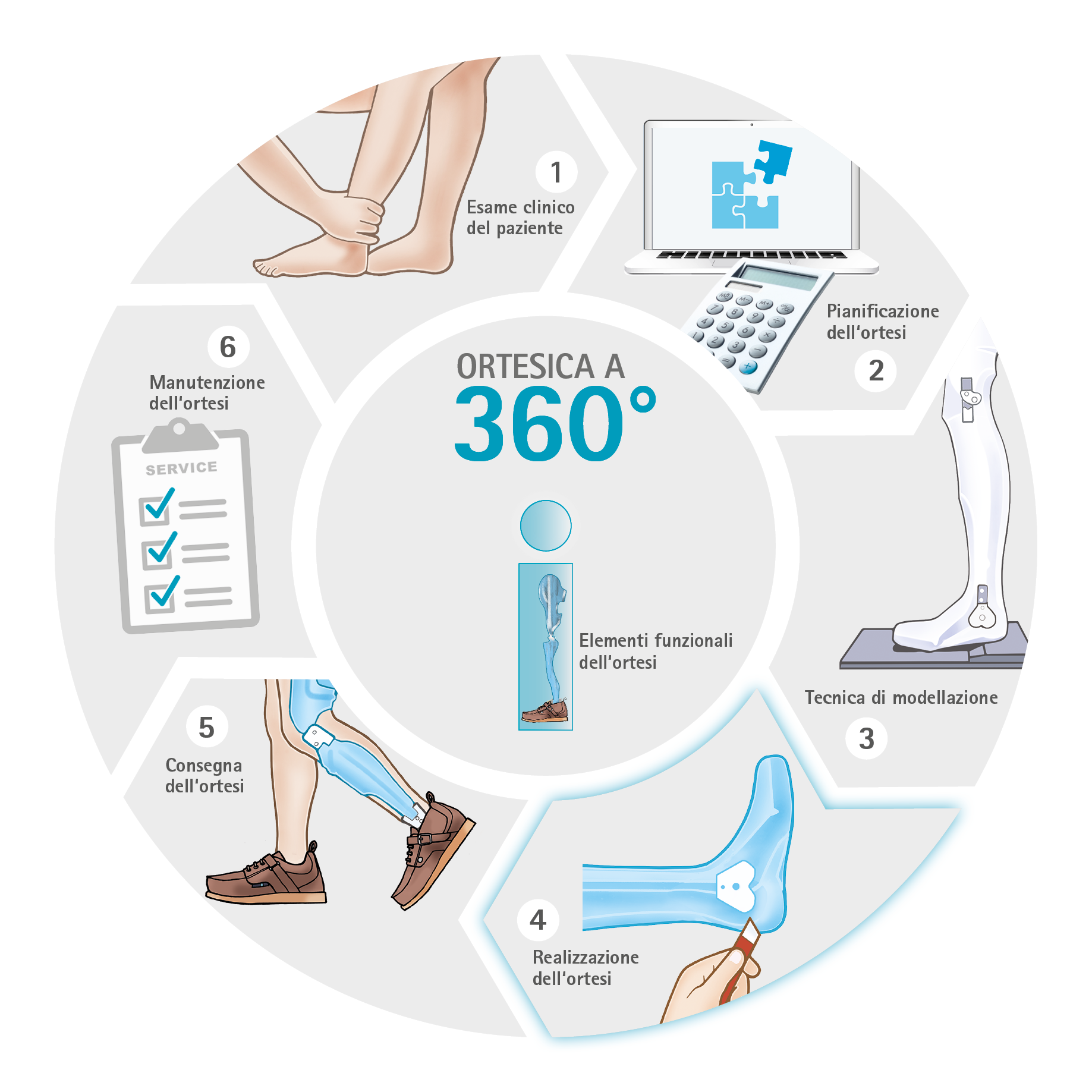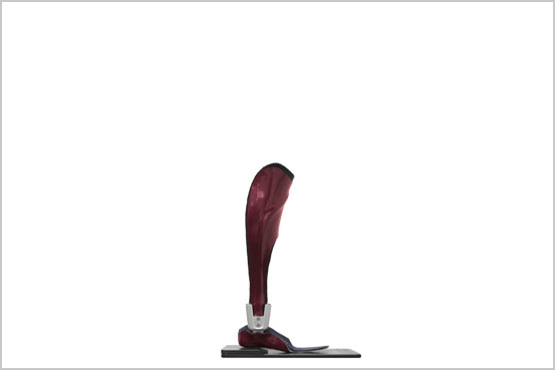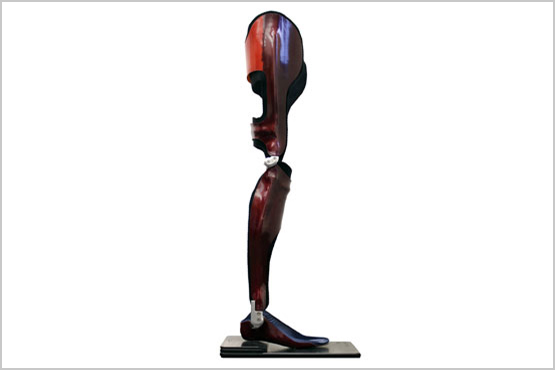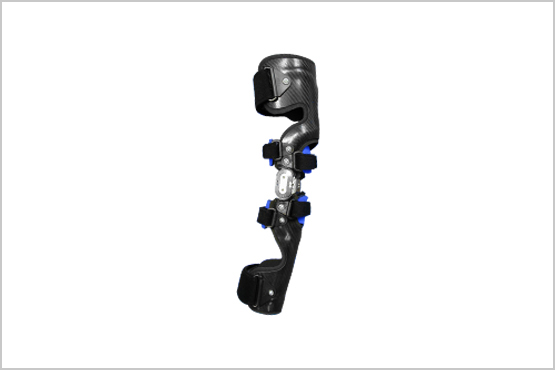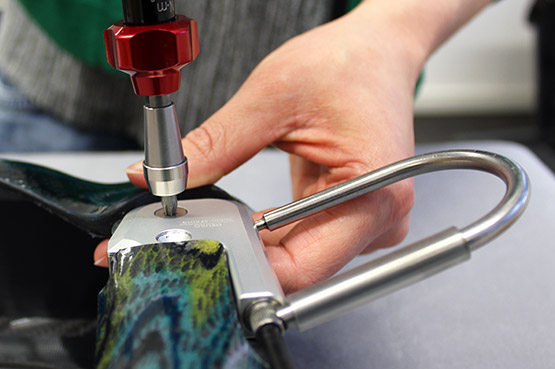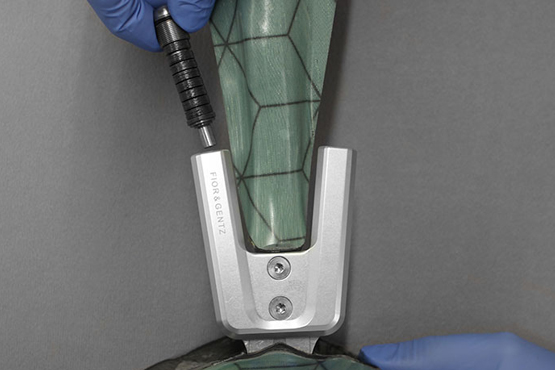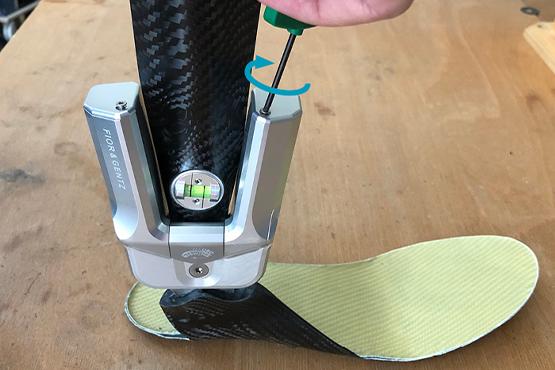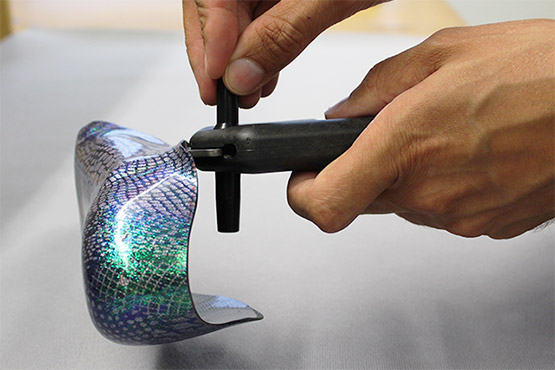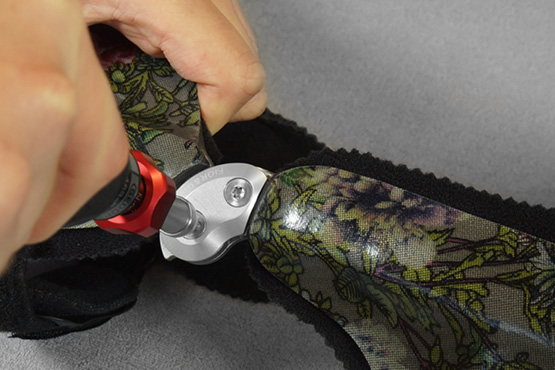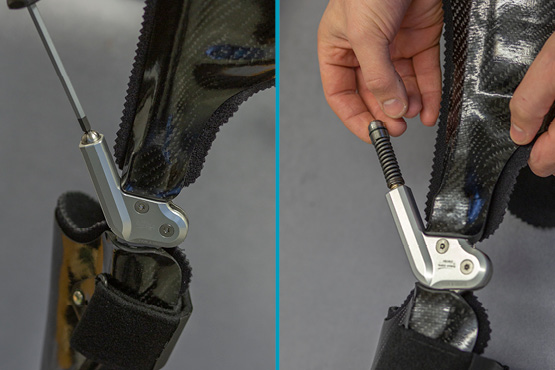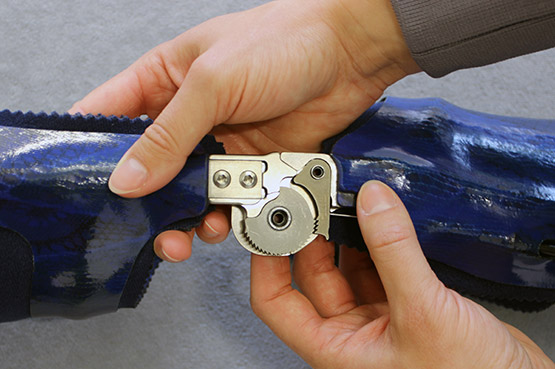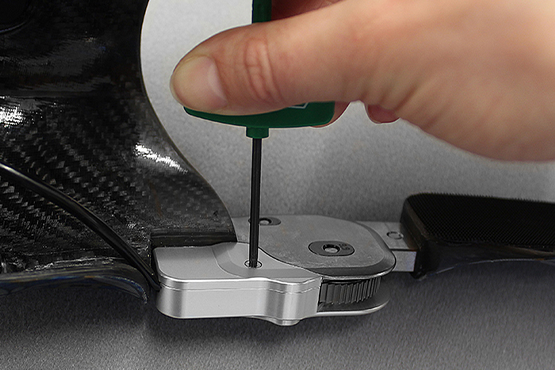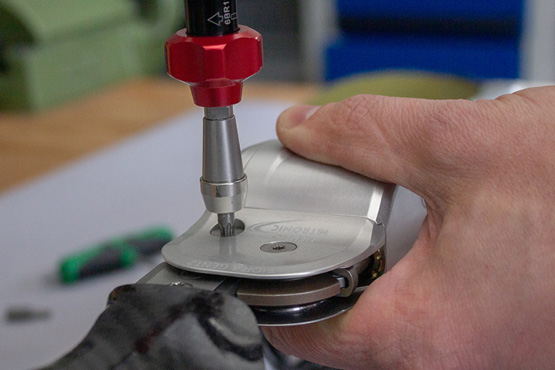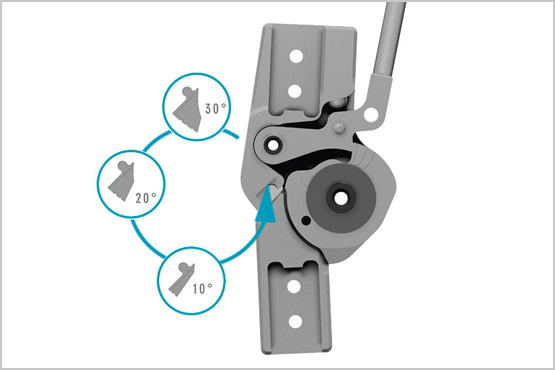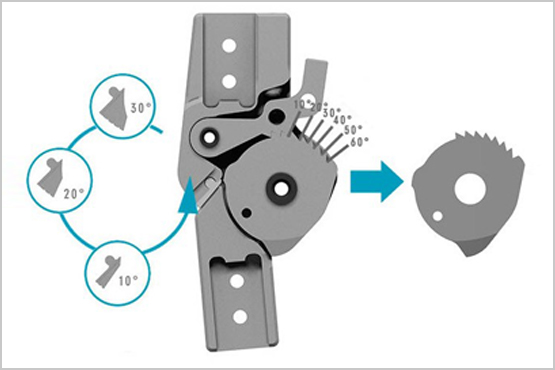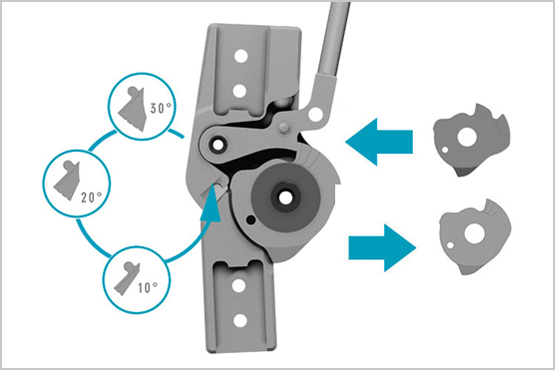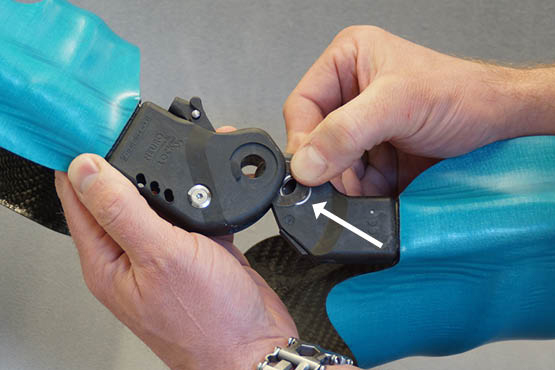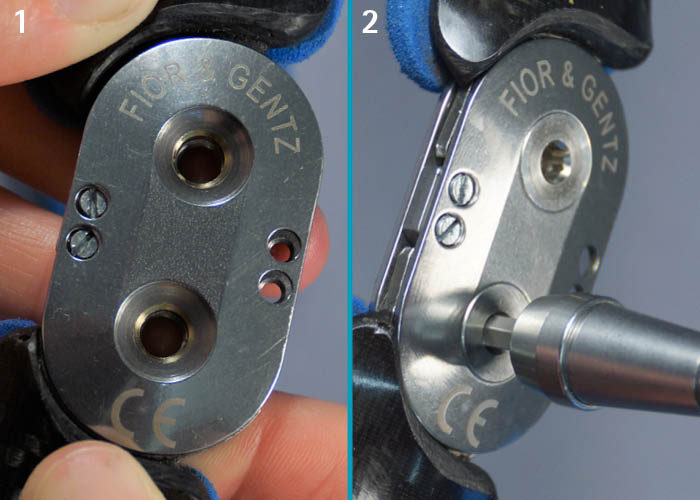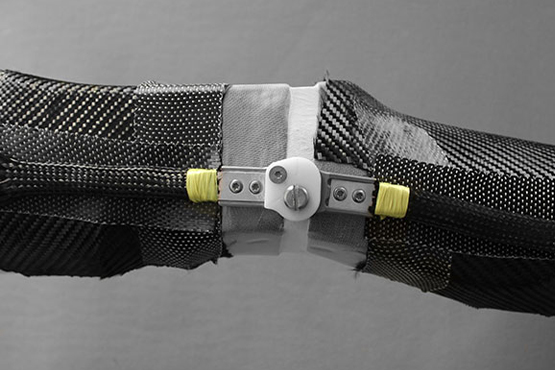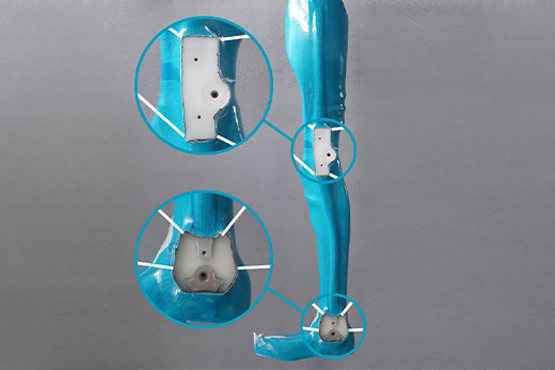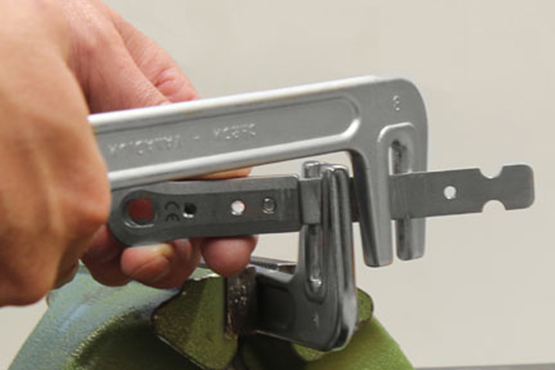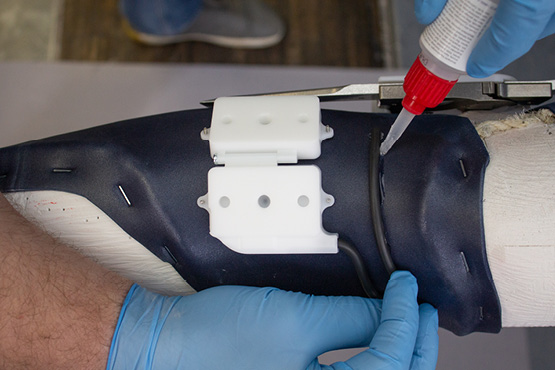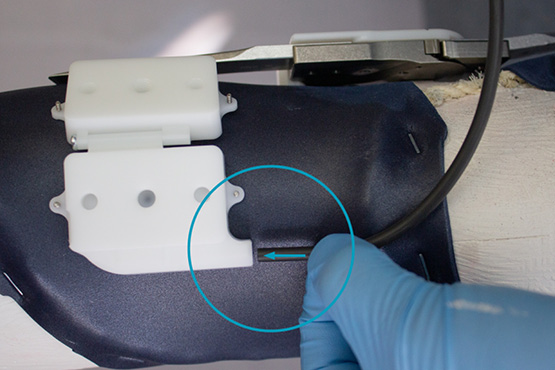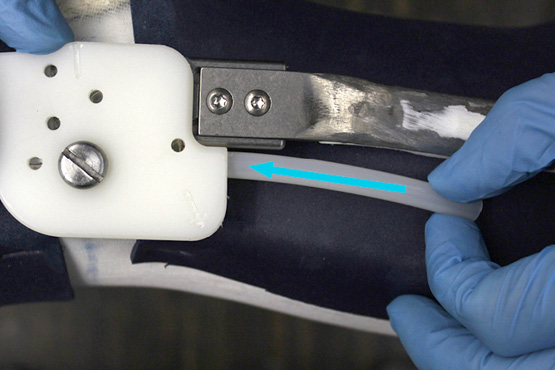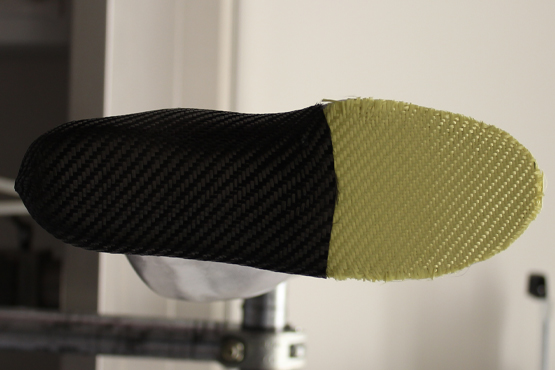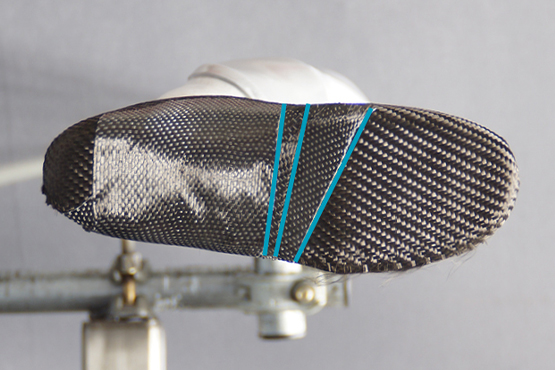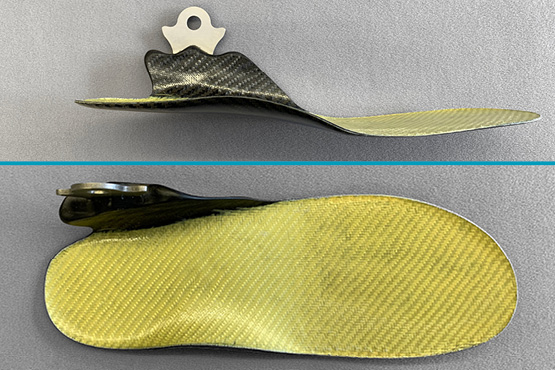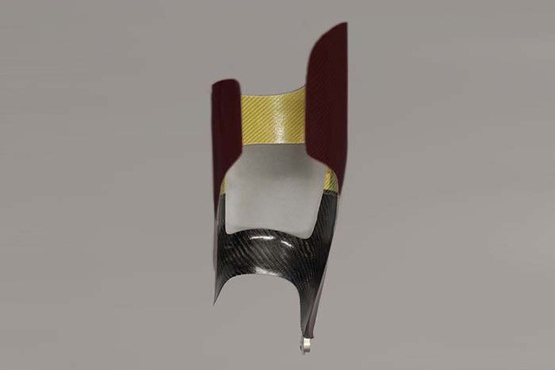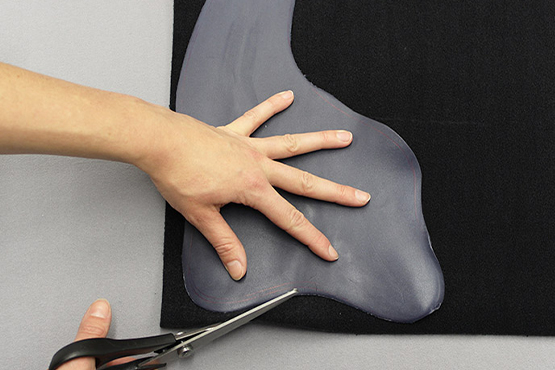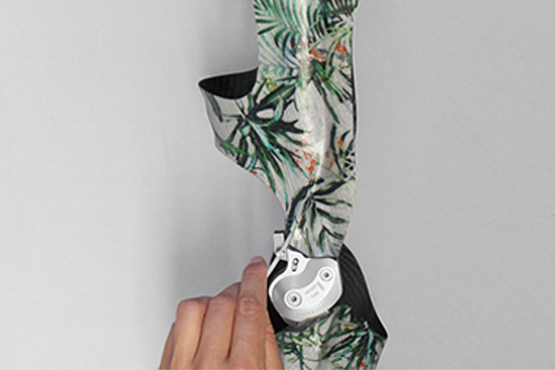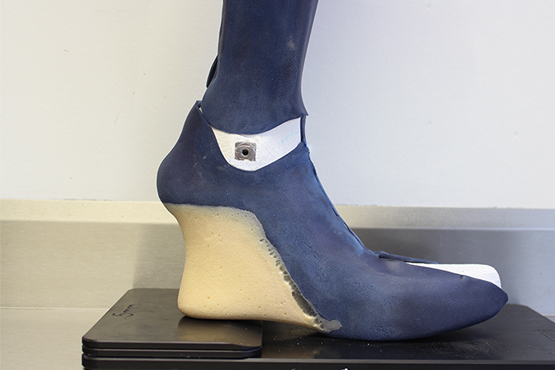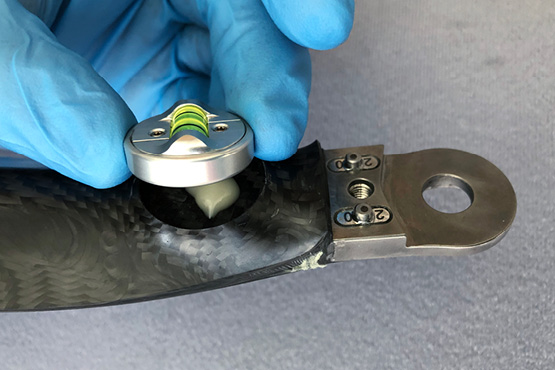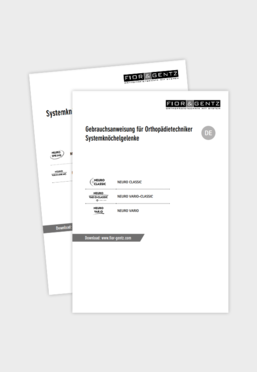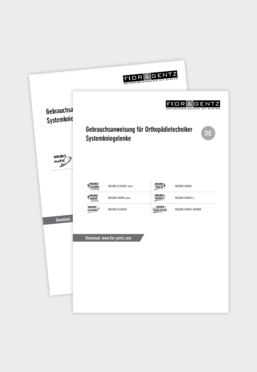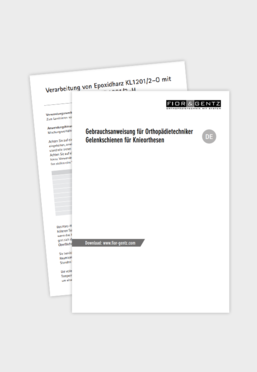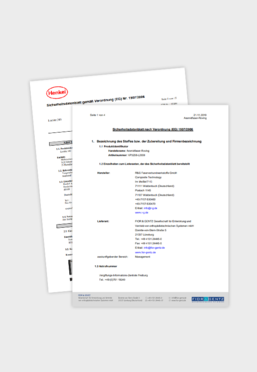Producing the Orthosis
When producing the orthosis, a multitude of patient specific requirements must be considered besides the orthosis’ functionality. That is why structuring this complex part of the treatment makes a lot of sense.
What do we recommend to consider when producing the orthosis?
The production of an orthosis is focussed on using the Functional Elements of the Orthosis to make the joints’ functional elements usable for the patient. That is why the necessary quality of the orthosis shells must also be determined in this work step. Because, an individual orthosis that is custom-made for the patient gains higher proprioception and better biomechanical effects.
The following essential points shall be considered when producing the orthosis shells:
- the required levers, e.g. forefoot and heel lever;
- a durable connection to the system stirrup and system anchor;
- a durable connection of the system joints to one another;
- a good fit on the patient's leg;
- minimised weight;
- a proper standing time and
- a sufficient peak load capacity.
In order to realise all these points in an effective orthosis, the production of an orthosis requires not only many tools, such as e.g. alignment aids (1) and screw drivers (2), but all collected data and measurements (3) as well as the position of the pivot points (4), the ap measurement (5) and last but not least the selected system joint must also be considered.

Why do we recommend exactly this way of producing the orthosis?
Orthotists can realise the aforementioned points in different ways using a wide variety of production techniques and materials.
FIOR & GENTZ, as a producer of system joints for orthoses, wants to show options for the best possible use of system joints to ensure a successful treatment. A successful treatment is efficient on many levels.
The production of the orthosis described below, is:
- Economically efficient, because the required materials are easy to store and the required tools (such as e.g. vacuum pump and oven) are present in nearly every orthopaedic workshop.
- Timely efficient, because the production technique has constantly been improved, is fast, technically mature and proven itself for decades.
- Safe, because the connection of system stirrups and system anchors in lamination technique can be realised easily and reliably.
- Lightweight, because the material combination of epoxy resin and carbon ideally complements the properties of high-tensile aluminium, steel and titanium.
- Durable, because individual requirements of the patient can be perfectly met by the orthosis. In proportion to their weight, orthoses made according to our production technique provide a particularly high load capacity.
Tecniche di lavoro
Tutorial online per la realizzazione di un calco in gesso
Montaggio dell'articolazione – Articolazioni tibiotarsiche modulari
Tutorial online per il montaggio di singole articolazioni tibiotarsiche modulari
- NEURO CLASSIC
- NEURO VARIO
- NEURO VARIO-CLASSIC
- NEURO VARIO-SPRING
- NEURO CLASSIC
- NEURO SWING
- NEURO SWING-CLASSIC
- NEURO SWING 2
- NEURO VARIO-CLASSIC 2
- NEURO VARIO-SPRING 2
- NEURO VARIO-SWING
- NEURO VARIO 2
- NEURO CLASSIC Carbon
- NEURO SWING Carbon
Montaggio dell'articolazione – Articolazioni
Tutorial online per il montaggio di singole articolazioni per ginocchio modulari
- NEURO CLASSIC
- NEURO CLASSIC zero
- NEURO VARIO
- NEURO VARIO zero
- NEURO VARIO 2
- NEURO VARIO-SWING
- NEURO FLEX MAX
- NEURO LOCK
- NEURO LOCK MAX
